With the dark days of the pandemic receding ever further in the rearview mirror, Palo Alto is sliding into the new year on a buoyant note.
Its economic outlook has brightened; hotels are once again welcoming visitors; and the City Council is more united than it has been in decades on issues of growth and development. It's not uncommon nowadays for someone to propose an 85-foot height limit for housing projects and no one to object. A few years ago, such a suggestion would inspire the lifting of pitchforks.
There is still, however, plenty of room for reasonable people to disagree. And disagree they did in 2023 — on everything from California Avenue's car-free status and historical designations for homes to zone-busting development proposals and tree protection.
The following five words — universally benign but locally loaded — fueled some of the city's biggest debates of the year.
No. 1: Remedy
In January 2023, housing advocates throughout California began to count down toward the newest and wonkiest holiday on their calendar: Builder's Remedy Day. They were waiting for Jan. 31, the deadline day for Bay Area cities to obtain state certifications for their housing plans, known as "housing elements."
At the time, "builder's remedy" was an abstract and obscure concept, an old provision of state law that allowed housing developers to bypass local zoning regulations in cities that failed to get state approval for their housing elements.
By the end of the year, it became a common buzzword as developers began to pitch increasingly ambitious — and zone-defying proposals — in cities like Palo Alto, which missed the Jan. 31 deadline and will certainly end the year without a state-approved housing plan.
The most recent of these proposals, which was announced in November, would develop two residential towers — 17- and 11-stories in height — and a pavilion building on the site of Mollie Stone's supermarket. At 177-feet tall, the largest tower in this proposal would be the second tallest building in the city and would loom over a business district where height limits for new projects have generally been between 40 and 50 feet.
Mollie Stone's would occupy two stories in the new pavilion building, and the development would net 382 new apartments.
Before builder's remedy, a project of this sort would be unthinkable in Palo Alto's political environment. Now, it's a real possibility.
For some, this remedy is just what the doctor ordered. In late January, a panel of housing advocates from groups Greenbelt Alliance and California YIMBY held an online meeting to educate the public about this new (or rather, dusted-off) tool. Alex Contreras, a housing advocate, cited the "decades of poor land-use policies both at city and state level, leading to all-time low in affordable housing units for folks who need them."
"The builder's remedy is an ‘In case of emergency, break glass' type of situation," she said.
Those who hate Sacramento's housing mandates see this particular "remedy" as far more dangerous than the disease it is trying to cure. Mayor Lydia Kou, who is running for state Assembly, has been arguing that allowing more buildings does not inherently address Palo Alto's biggest housing problem: affordability.
While the law requires developers who rely on builder's remedy to designate at least 20% of their dwellings as affordable housing, Kou and others believe this is a paltry concession for projects that will enrich developers without adequately addressing their impacts on the surrounding neighborhoods.
More troubling, Kou said, is the way state law now allows these projects to override community objections.
"It's a completely undemocratic way of destroying cities and keeping people from speaking up," Kou said.
No. 2: Protected
In 2022, Palo Alto's elected leaders adopted new laws to better protect trees from people.
In 2023, they began to modify these laws to better protect people from trees.
The main driver in this change of direction was Mother Nature. On Dec. 31, 2022, a heavy storm drenched the area, causing flooding around the San Francisquito Creek and causing trees to topple in various parts of town. Then in March, it happened again, prompting fresh concerns from residents about the hazards trees can pose when they fall onto rooftops and powerlines. One local resident saw a large Douglas fir in her backyard crash into her house, puncturing her roof with its branches and causing extensive damage. A few months later, another resident was out with his dog at Rinconada Park when a tree fell on them, temporarily trapping them inside its foliage.
These and other cases prompted the city to reconsider its newly updated tree-protection ordinance, which roughly tripled the number of local trees "protected" from demolition by including in this category almost all trees with diameters of 15 inches or greater (redwoods are subject to an 18-inch threshold).
While the law already included exceptions for damaged, dying and hazardous trees, the changes that the city council will consider early next year would create more flexibility when it comes to removing trees. This would allow trees to be taken out in cases where they are deemed "incompatible with the immediate environment," a "detriment" to adjacent trees or have canopies that encroach on nearby homes in ways not currently meeting the city's criteria for "hazard."
These changes have already received the endorsement of both the city's Parks and Recreation Commission and its Planning and Transportation Commission, with both bodies making the case for giving residents more leeway when it comes to tree removal.
"My sense is this ordinance really prioritizes the lives of trees over the lives of our citizens," Planning and Transportation Commission member Bart Hechtman said during a November hearing on the proposed chances. "I think we need to strike a better balance between those two, and the way we do that is with a little more flexibility."
No. 3: Free
Palo Alto's most divisive debate and most critical decision of the year boiled down to the question: Should California Avenue remain car-free?
For many visitors to the city's "second downtown," the answer was a resounding "Yes!" Since the street was closed to cars in 2020, surveys have consistently shown strong support for maintaining the area between El Camino Avenue and Birch Street as a pedestrian promenade. The city council endorsed this position in November, when it voted to establish California Avenue as a permanent car-free zone. In doing so, it rejected a proposal from city staff to spend another year evaluating options for California Avenue. These could have included an alternative supported by some businesses that would allow car traffic in one direction.
The debate over California Avenue created a split in the business community. Some restaurant owners celebrated the street's new pedestrian atmosphere, which gives visitors freedom to roam the street and eat lunch without having to worry about cars whizzing by a few feet away. Others found this freedom stifling. Many business owners and some residents argued that eliminating car access has been bad for business. Days before the council's vote, a coalition of businesses that included The Cobblery, La Bodeguita del Medio and Mollie Stone's issued a proposal that argued against making the closure permanent.
"While community members support enhanced outdoor dining, many have determined that it cannot exist unless there is a total street closure," the group stated in an opinion column. "But blocking the main artery to the district is cutting off the lifeblood to many businesses, and we believe it's unnecessary."
Now that the council has made its biggest decision for California Avenue, it is preparing for a bunch of smaller ones. On Dec. 18, council members approved a $250,000 contract with a consultant to explore various improvements to the new promenade, including a two-way bike lane and new public attractions (games? music? public plazas?) that would make California Avenue a more vibrant destination.
No. 4: Historic
Palo Alto is famously proud of its rich history, as evidenced by its recent debate over the historic cannery on Portage Avenue and its decades-long effort to create a downtown museum that celebrates the city's contributions to humanity.
But the city's effort to update its historic inventory and add about 150 buildings to the list got off to a rocky start this year, with dozens of property owners signaling that they're not onboard.
As of mid-December, dozens of homeowners have filed written objections to having their properties added to the list, prompting the city to significantly pare down its list of nominees. Over two public hearings in front of the Historic Resources Board, residents complained that the designation would limit (or, at the very least, complicate) their ability to renovate their homes and would lower their property values.
"We certainly appreciate the historical value of our house and want to continue to preserve that," John Baird, whose home is on the list, told the board on Dec. 14. "I don't know that we want to be on a list that removes value from our house in a resale situation."
While the city can technically add historic homes to the local inventory without the property owner's consent, city staff had been loath to go that route. The list that the council will receive next year will identify — and potentially exclude — properties whose owners have objected.
Carolyn Willis, a member of the Historic Resources Board whose home is among those that would be added to the expanded list, argued during the hearings that getting on the list is a good thing because it encourages preservation of the city's historical look and feel.
"I think most of us have choices about where we live, and we chose Palo Alto for a reason," Willis said on Dec. 14. "And at least for me, very much the way it looks and feels is why I'm here today. We see inventory as a positive thing, and we hope to change the public image of that."
No. 5: Safe
When the First Congregational Church of Palo Alto announced its plans last year to launch a "safe parking" program in the back of the church parking lot, neighboring residents took notice. In a heated public hearing, some voiced opposition to the program, which allows congregations to provide up to four parking spaces to unhoused individuals who live in cars.
Some raised concerns about neighborhood safety and demanded that the city require background checks for participants, a step that neither Santa Clara County (which provides funding for the program) nor Move Mountain View (the nonprofit that operates the safe parking program) favor. Similar concerns cropped up the prior year, when the Unitarian Universalist Church of Palo Alto launched its own safe program.
By the time the year came to an end, the council had two years of evidence to suggest that "safe parking" really is safe — both for the participants and the neighbors. As of early December, the first three programs have served 37 individuals and the city has not received a single complaint about any of them. Heartened by these results, the council agreed in December to make the pilot program permanent, to create a path for churches to host up to eight vehicles and to explore the expansion of the city's largest "safe parking" program on Geng Road.
Vice Mayor Greer Stone called the move to expand safe parking "an easy and obvious decision" and a useful tool for addressing the issue of homelessness.
"It's clear the state had failed to address the epidemic," Stone said. "Here in Palo Alto, our policies seem to be having some results.
"One of the greatest successes of this pilot program is the data — or maybe I should really say the lack of data — on safety concerns at the safe parking sites," Stone said.
Looking for more 2023 year-in-review coverage? Read on!
• The year in photos: A final glance at 2023
• In Memoriam: a tribute to Palo Alto area residents we lost in 2023

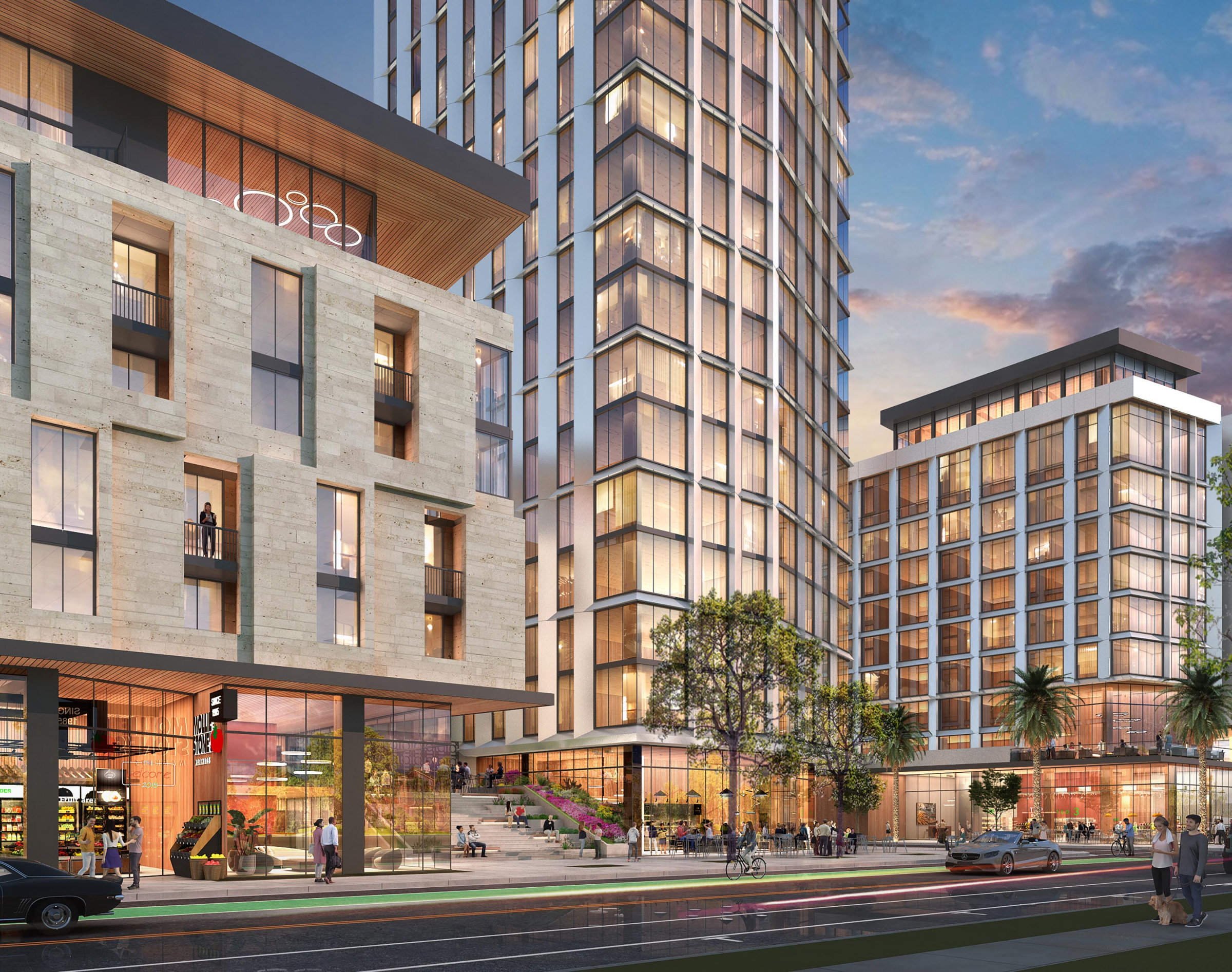

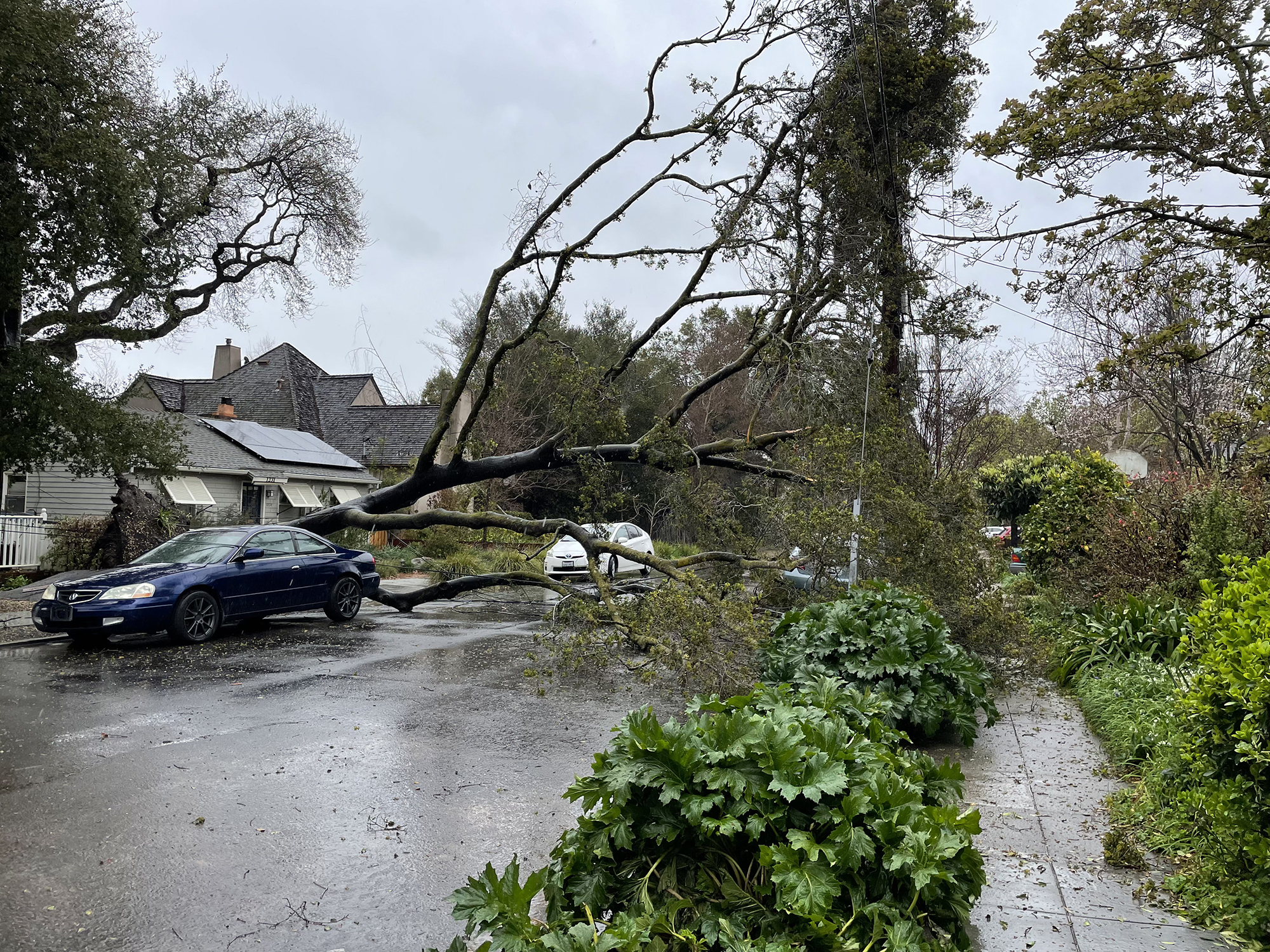
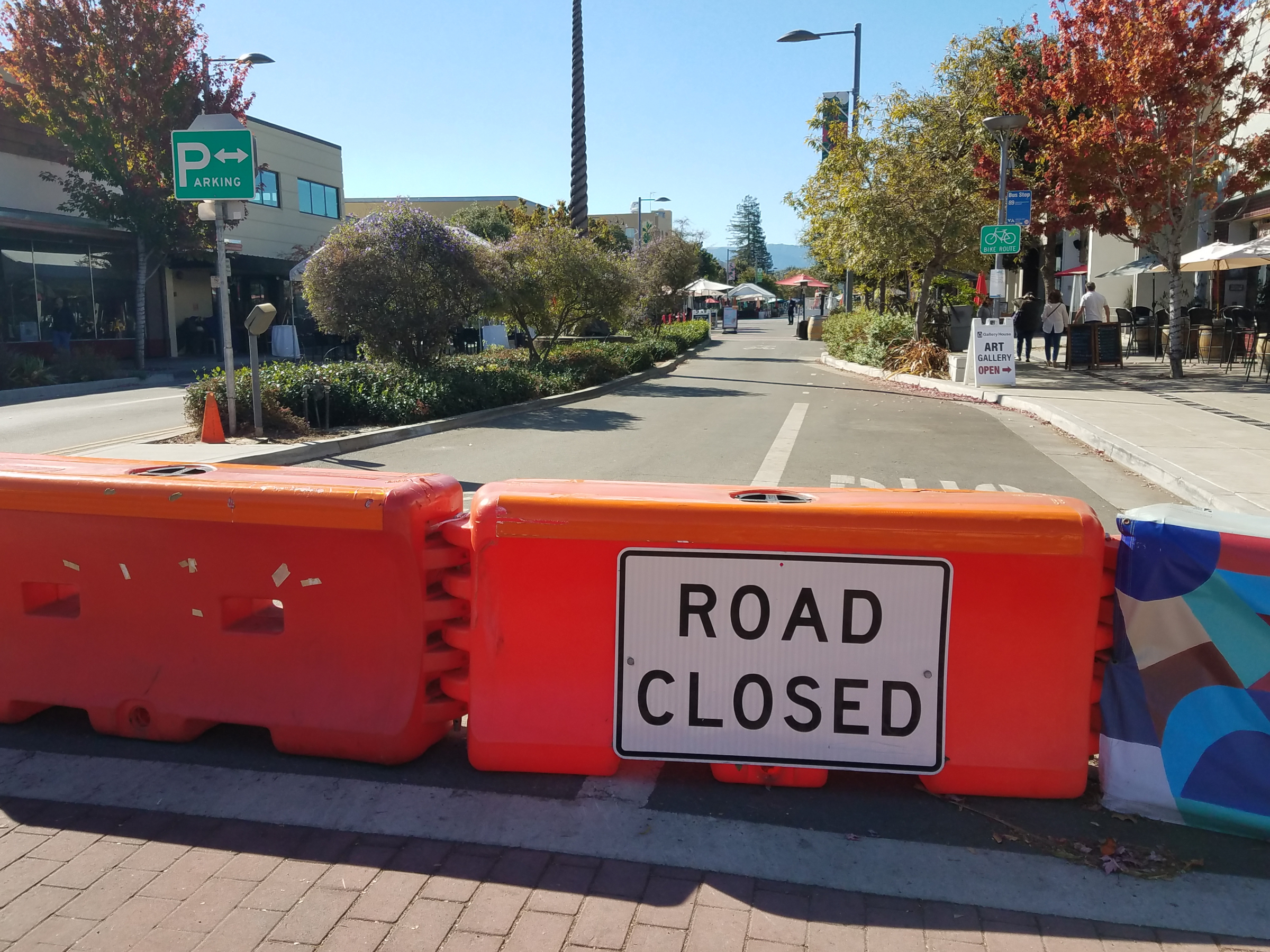
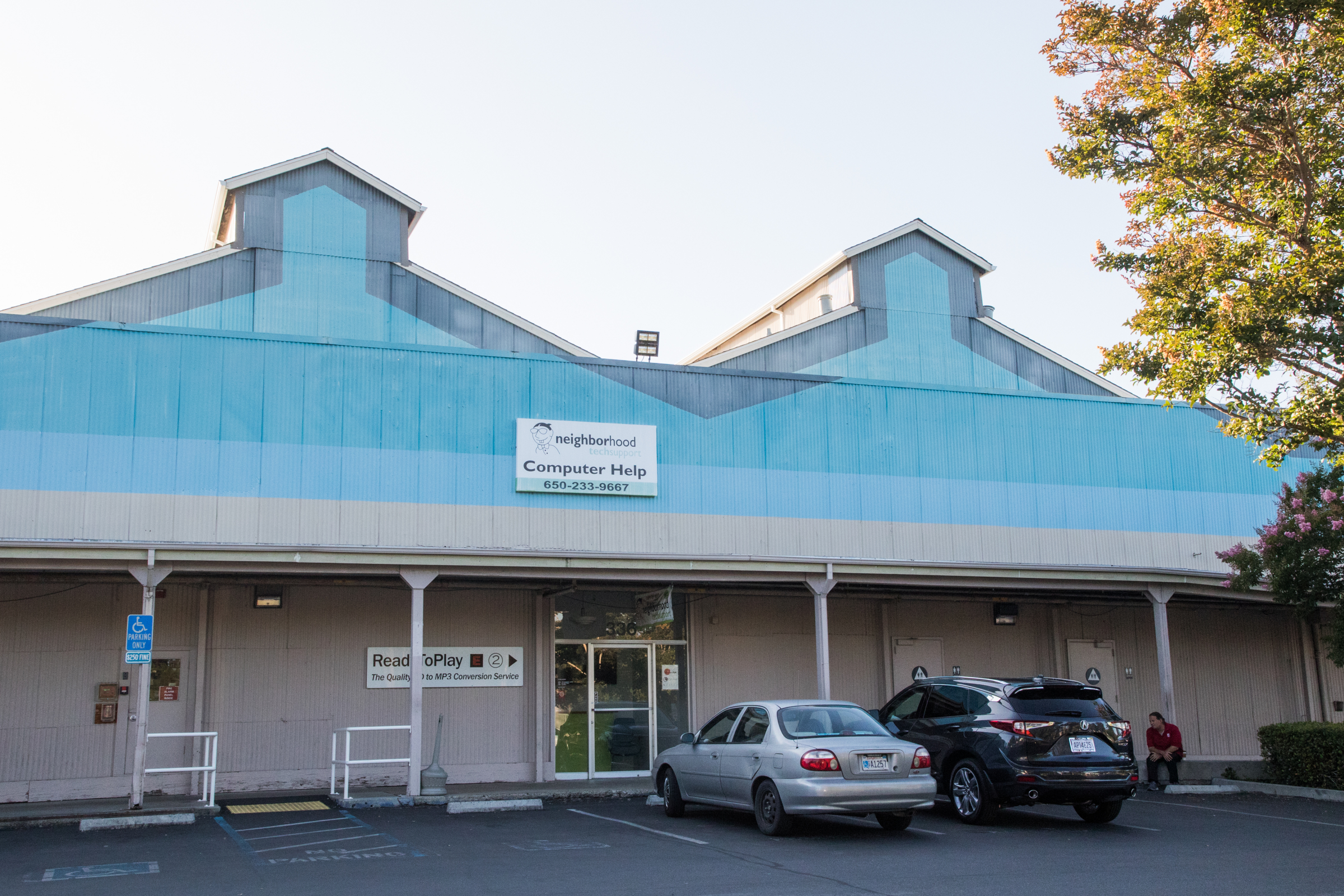
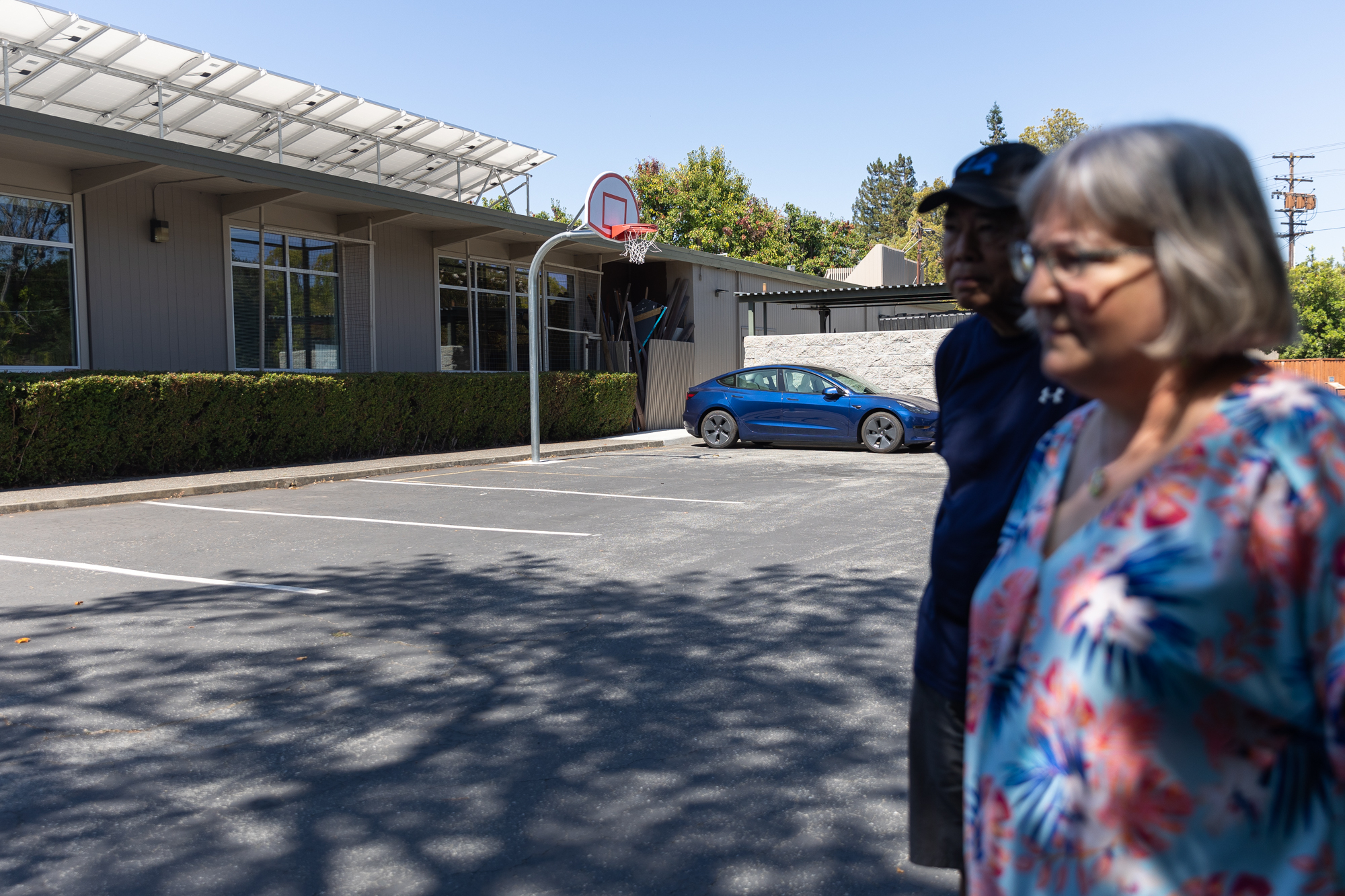

Comments